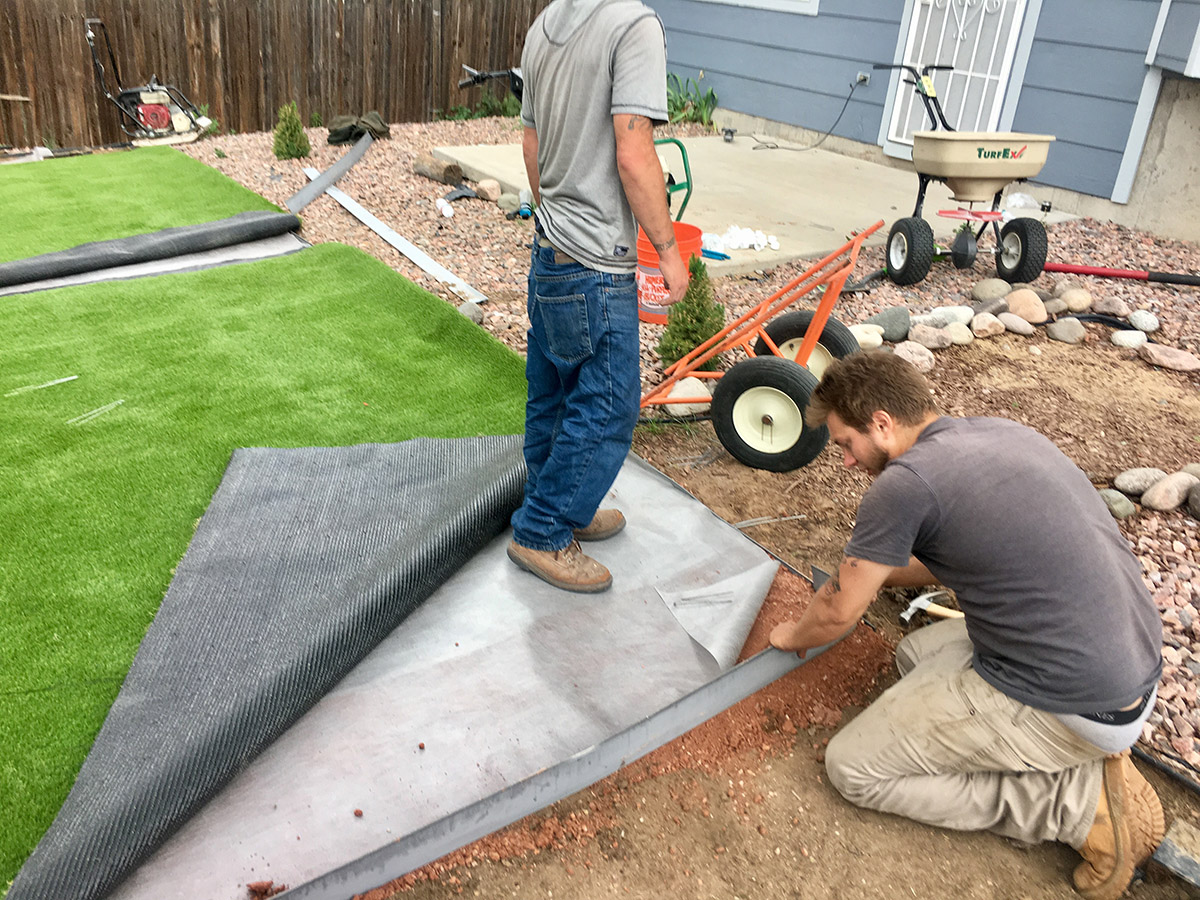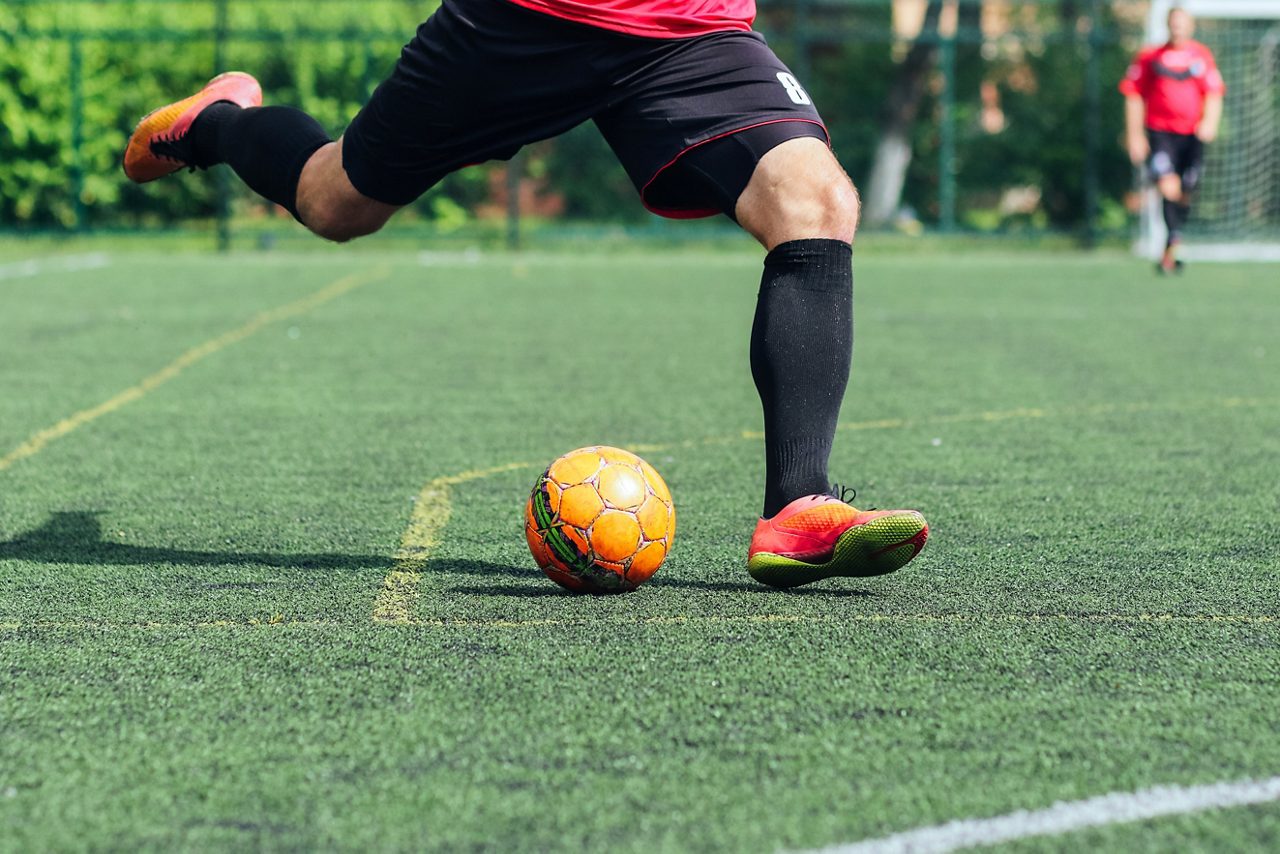Personalized Turf Installation Phoenix AZ for Residences, Companies, and Play Areas
Personalized Turf Installation Phoenix AZ for Residences, Companies, and Play Areas
Blog Article
Look Into the Environmental Perks of Opting for Synthetic Grass Solutions
The adoption of synthetic grass options provides a compelling chance to address pushing ecological difficulties. By considerably minimizing water usage and minimizing the application of damaging chemicals, these choices not just promote lasting landscaping yet likewise protect local environments.
Water Preservation Conveniences
One of the most substantial advantages of artificial lawn is its ability to save water. In contrast, fabricated grass does not need watering, dramatically lowering the total need for water resources.
By getting rid of the need for regular watering, synthetic grass contributes to lasting landscape practices and aids reduce the environmental effect of too much water consumption. Moreover, the conservation of water extends to the decrease of overflow, which can lead to soil erosion and waterway contamination.
In addition, the installation of synthetic grass permits districts and home owners to allot water sources more efficiently, concentrating on essential usages such as alcohol consumption water and farming. The change towards synthetic grass not only promotes responsible water usage however also lines up with more comprehensive ecological goals focused on preserving natural resources.
As communities significantly prioritize sustainability, the water conservation advantages of synthetic grass provide an engaging situation for its fostering in industrial and domestic landscaping jobs.
Decreased Chemical Use
The transition to synthetic grass considerably reduces the reliance on chemical therapies frequently utilized in natural lawn upkeep. Traditional turf monitoring typically involves the application of herbicides, chemicals, and fertilizers to advertise development and control bugs. These chemicals can position risks to human health, neighborhood wild animals, and the atmosphere, contributing to soil and water contamination.
On the other hand, synthetic grass eliminates the requirement for these dangerous substances. Once mounted, it calls for very little upkeep, primarily containing routine cleansing and occasional infill replenishment. This decrease in chemical use not just profits the immediate setting but also adds to more comprehensive environmental stability. By decreasing the release of synthetic compounds into the environment, artificial turf advertises healthier dirt and water supply.
Furthermore, the lack of chemical overflow connected with synthetic grass installments helps protect local rivers from pollution, sustaining marine life and preserving biodiversity. Turf installation phoenix az. As neighborhoods progressively focus on lasting methods, choosing man-made grass offers a feasible service that aligns with ecological conservation goals. Through this change, homeowner can delight in lavish eco-friendly rooms without endangering eco-friendly health and wellness, leading the way for an extra lasting future
Reduced Carbon Impact

Additionally, the setup of man-made grass can lead to considerable water preservation. Natural yards require significant amounts of water for watering, which not just contributes to the carbon impact related to water extraction and treatment however likewise strains local water sources. On the other hand, synthetic grass requires marginal upkeep, requiring no watering, therefore dramatically reducing water usage and its connected energy prices.
In addition, the durability of synthetic grass adds to its reduced carbon impact. With check my site a life expectancy of approximately 15 years or more, the requirement for constant replacements is diminished, resulting in less waste and lower power intake in manufacturing and taking care of conventional lawn choices. Overall, synthetic grass offers a lasting option for ecologically mindful landscape design.
Environment Conservation
Environment conservation is an essential consideration in the debate over landscape design options, especially when contrasting synthetic grass to natural yard. All-natural turf lawns often need comprehensive upkeep, including using fertilizers, herbicides, and pesticides, which can negatively affect regional environments. These chemicals can seep right into the dirt and rivers, damaging native plants and animals and interfering with regional habitats.
Man-made turf gets rid of the requirement for harmful chemicals, therefore safeguarding close-by wild animals and maintaining the integrity of surrounding ecosystems. The setup of man-made lawn can lead to the conversion of previous grass locations into more biodiverse landscapes, such as pollinator yards or native plant areas, which can support regional wild animals.
Inevitably, the change to synthetic turf not just conserves water and lowers upkeep efforts yet also promotes a more harmonious partnership in between human tasks and the natural surroundings, promoting environment preservation while doing so.
Long-Term Sustainability
Long-term sustainability is a critical see this page element in examining the advantages of synthetic grass over traditional yard lawns. One of the most substantial advantages of fabricated grass is its resilience; it can last as much as 15-20 years with minimal upkeep, whereas all-natural yard needs constant reseeding and replacement. This longevity lowers the need for constant sources, such as water, fertilizers, and pesticides, which are necessary for preserving a healthy and balanced grass lawn.
Furthermore, man-made grass adds to a reduction in carbon exhausts related to grass care equipment. Traditional yards frequently require gas-powered lawn mowers, trimmers, and blowers, all of which add to air contamination. Phoenix turf companies. On the other hand, synthetic grass gets rid of the demand for such tools, promoting a cleaner atmosphere
Moreover, the manufacturing of synthetic grass increasingly utilizes recycled materials, boosting its sustainability account. As producers embrace environmentally friendly methods, the ecological footprint of artificial turf remains to diminish.

Verdict
The fostering of fabricated grass solutions offers considerable environmental advantages, consisting of significant water preservation, reduced dependence on damaging chemicals, and a lower carbon impact. Moreover, synthetic grass help in preserving natural habitats by decreasing land disruption and promoting long-lasting sustainability via making use of durable materials. Collectively, these variables underscore the potential of man-made grass to add favorably to ecological health and wellness and offer a viable alternative to typical landscaping methods in a progressively resource-conscious globe.
In contrast, artificial lawn does not need watering, substantially minimizing the total demand for water sources. By lessening the launch of artificial substances right into the ecosystem, synthetic lawn advertises much healthier dirt and water systems.
Moreover, the setup of fabricated turf can result in considerable site web water conservation. In contrast, artificial turf requires minimal maintenance, requiring no watering, therefore substantially reducing water use and its connected energy prices.

Report this page